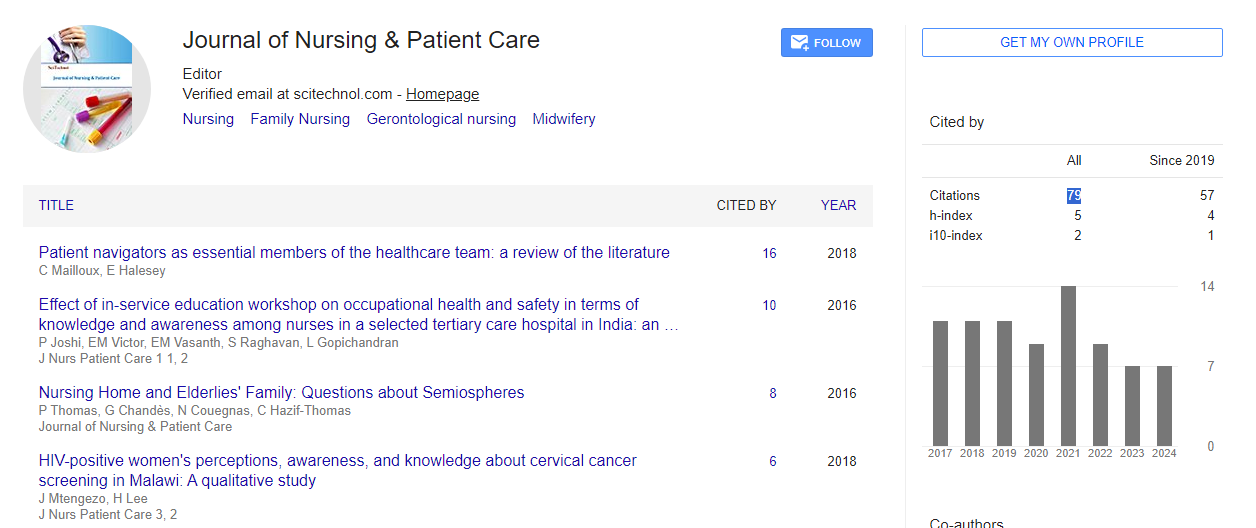Validating the use of high-fidelity simulation as a clinical adjunct in undergraduate nursing education
Samantha Pehl
Tarleton State University, USA
: J Nurs Patient Care
Abstract
According to the American Association of Colleges of Nursing (AACN) (2012) the entry level enrollment for Baccalaureate nursing programs has risen 82.7% since 2002. The increased enrollment has translated into a need for clinical sites and experiences required to develop skilled, knowledgeable nurses. Nursing schools are looking at advances in technology to help maintain a high standard of education and provide needed clinical opportunities. Current research suggests that the use of high-fidelity simulation is an effective method of preparing nursing students to care for patients. Students can develop teaching, technical and critical thinking skills during the high-fidelity simulations that can be readily transferred to living patients in a standard care situation. This capstone project investigated the premise that simulation experiences are comparable in effectiveness to hospital clinical by comparing pretest/posttest scores and semester exams scores after a four week clinical rotation. Statistical results showed no difference in scores between the test and control groups, thus supporting the literature review and the null hypothesis.
Biography
Samantha Pehl has been working as a Nurse since 30 years. She began her practice as an ADN Graduate of Cochise College in Douglas Arizona. She has Bachelors in Liberal Studies Biology, Master in Midwifery, a Postgraduate degree in Family Practice Nursing and finally a Doctorate of Nursing Practice from Frontier Nursing University in 2012. She is an Assistant Professor at Tarleton State University for 16 years, a part-time Nurse Scientist with Texas Health Resources Stephenville for 2 years and a PRN Family Nurse Practitioner with Stephenville Medical-Surgical Clinic for 9 years.
 Spanish
Spanish  Chinese
Chinese  Russian
Russian  German
German  French
French  Japanese
Japanese  Portuguese
Portuguese  Hindi
Hindi 